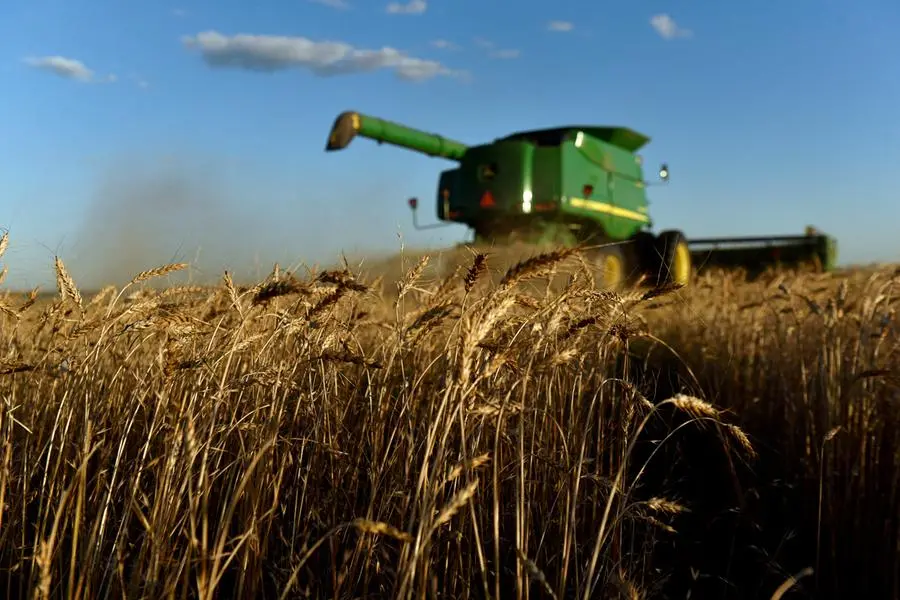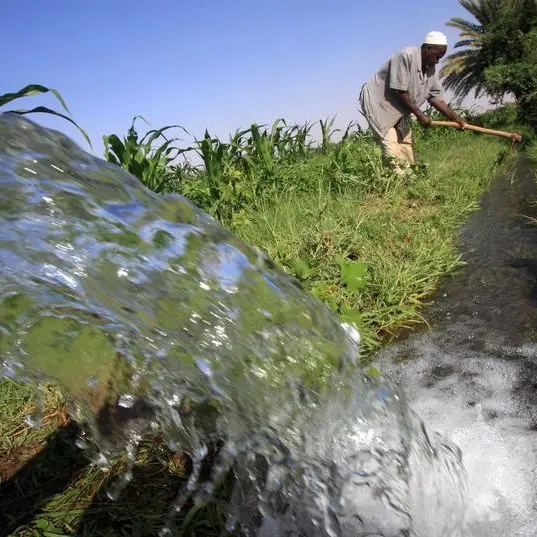PHOTO
(The opinions expressed here are those of the author, a market analyst for Reuters.)
NAPERVILLE, Illinois - The U.S. winter wheat crop is in much worse shape than industry participants thought, coming as the world’s former breadbasket attempts to claw back export share on the global market.
Drought has intensified since mid-year across the United States, but a break could be coming as ample rains are slated for the central portion of the country over the next several days.
This suggests wheat’s health struggle could be a shorter-lived issue, but that depends on the coverage and longevity of the weather pattern shift, and how things look closer to spring.
As of Sunday, the U.S. Department of Agriculture rated 38% of the country’s winter wheat crop as good or excellent (GE), below all analyst estimates, which averaged 47%. That average is identical to the year-ago conditions.
The current rating is modestly below the week’s five-year average of 44% GE, but it is the second-worst for the week in 39 years of records. Winter wheat was rated 28% GE two years ago, representing the 2023 harvest.
Yields managed near-average levels in 2023, though there was a big spread among varieties. Fourteen states that predominantly grow soft red winter wheat matched or broke previous yield records.
But hard red winter wheat grower Kansas, which accounts for a quarter of the U.S. winter wheat crop, in 2023 had its worst results in a decade. In fact, Kansas’ winter wheat yields have been at least 10% below the long-term trend for the past three seasons due to untimely dry weather.
Kansas’ winter wheat this week is rated 38% GE, just 2 percentage points below the five-year average. Major states where conditions are 20 percentage points or more below average include Oklahoma and Montana, but Colorado and Texas are doing slightly better than average.
As of last week, some 58% of U.S. winter wheat areas were experiencing drought, the largest portion since early 2023 and up from 49% in the same week a year ago. Places like western Kansas, Colorado and Montana may miss out on the upcoming rains, which could represent nearly a quarter of national production.
Longer-term, this year’s La Nina pattern typically features widespread dry conditions throughout the winter in the Southern Plains. That might limit output in hard red wheat states like Kansas, Oklahoma and Texas.
The inability of soft and hard red states to simultaneously produce bumper yields has recently prevented the United States winter wheat crop from reaching its true potential. The 2016 harvest featured a record yield of 55.3 bushels per acre.
Since then, the closest results were 53.6 bpa in 2019 followed by 51.7 in 2024, so a return to favorable weather is exactly what U.S. producers will need to contend for a strong 2025 outcome. Karen Braun is a market analyst for Reuters. Views expressed above are her own.
(Writing by Karen Braun Editing by Matthew Lewis)























